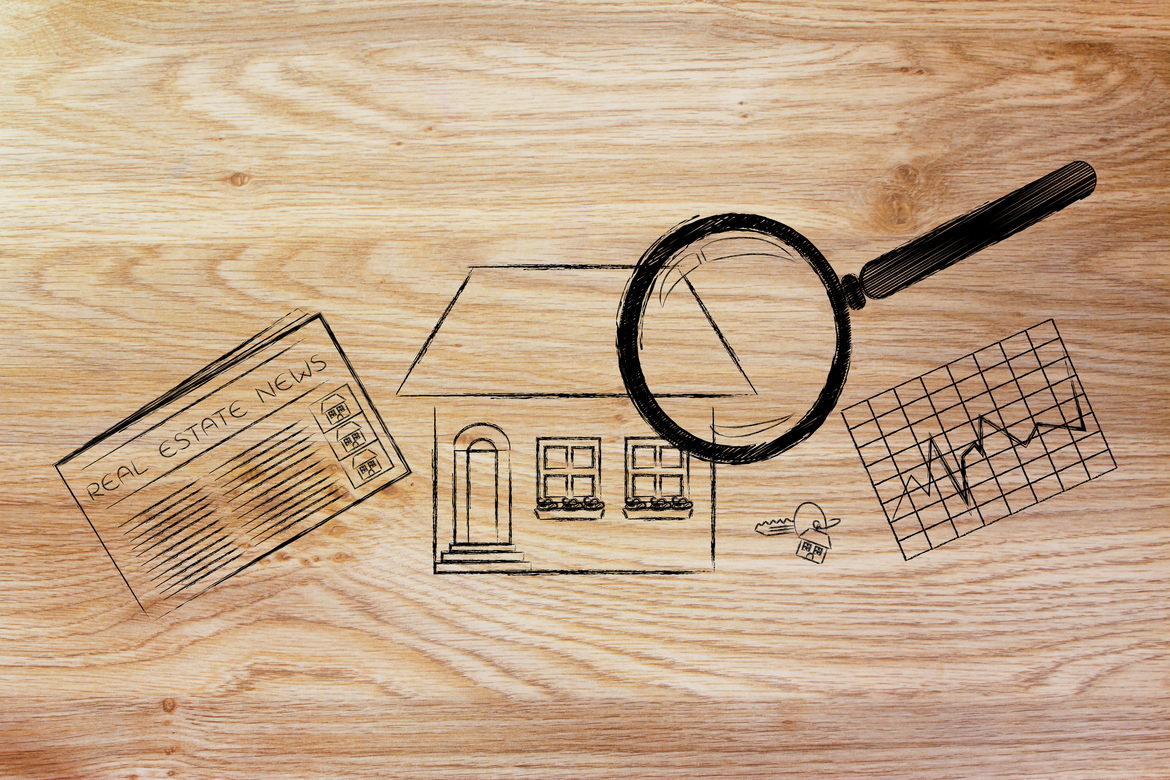How to Spot Hazards in a Property Viewing
When viewing a property, particularly one you want to purchase, you’ll understandably be excited. However, while thoughts of knocking down walls and reconfiguring bathrooms might send your creative juices into overdrive, it is important to keep your emotions in check.
In every home you peruse, there could be all manner of potential issues and hazards that can be easy to overlook at first glance. That is why it is always a good idea to do a second and even third viewing once you’ve had a chance to process all the property’s upsides.
While building and pest reports can spot many flaws, it’s always worth doing your own due diligence as well.
But what exactly should that involve?
When doing another sweep of a home you like the look of, here is how to spot some common hazards you might have missed the first time around.
1. Asbestos
If you are looking to buy an older home, particularly one that pre-dates the mid-1980s, it is a good idea to get it checked out for asbestos.
This material was widely used in the building industry between the 1940s and 1980s, and while it only becomes a major issue if it is released into the atmosphere through, for instance, the damage of walls, it is better to be safe than sorry.
Once asbestos is damaged, it releases small fibres into the airstream, which could cause significant damage to your lung tissue. Over time, this could develop into severe health issues such as mesothelioma, lung cancer, and asbestosis, the risks of which are expedited if you smoke.
Unfortunately, asbestos has no distinct smell or markings. So, the only way to know for sure if a home contains it is to hire a professional to run tests for you.
If asbestos is found to be present within a home, it can cost thousands of dollars to successfully remove it.
2. Chemicals and flammable liquids
Whether it be bleach, pesticides, petrol or paint, most homes accommodate some form of chemicals or flammable liquids within them.
Ideally, these should be kept in chemical cabinets made in Australia. However, if they have not been, there is a chance that the home could have been compromised in some way through spills and general mismanagement.
If you find your eyes tearing or burning and experience irritation in your nose, eyes, chest, skin and throat, it could be a sign that a chemical spill has occurred on the property. Likewise, oily disfigurations and strong smells might also be indicative of potential toxicity.
In such cases, you might need to employ a professional service to give the home a deep clean if you still want to buy it. Otherwise, it might be worth giving it a wide berth.
3. Electrical issues
You should always turn lights on and off when inspecting a property to get a feel for the electrics. However, if the lights flicker when you do this or any of the powerpoints look a bit iffy, then there is a good chance the home has electricity issues.
Unfortunately, 15 Australians are killed and another 300 injured in the home every year due to electrical accidents. Many of these cases were down to faulty or poor wiring that resulted in fires, electrical shocks and broken appliances. In most cases, these deaths or injuries could have been prevented by a safety switch.
If you are in any doubt about the quality of the electrical wiring in a home, it is best to get an experienced and fully qualified electrician to give it the once over.
4. No Smoke Alarms
Both legislation and common sense dictate that all homes should have working fire alarms fitted. But in reality, this is not always the case.
Although it is an easy fix, and the opportunity to upgrade to a state-of-the-art system should always be taken, it is important to recognise that there is an issue that needs addressing.
During the viewing, you should ask the real estate agent to demonstrate that the fire alarm is working properly. You should also make a note of establishing how many alarms are located within the property and at what parts of it.
If the house you are looking at does not have one on every floor, and in every bedroom and the kitchen, then you should factor this into the equation when putting in a formal offer for a home.
5. Loose floorboards or decking
When inspecting a house to buy for yourself or as your investment property, it is only natural to look up and around you. But often, we forget to look down. Therefore, it is easy to miss potential safety issues like loose floorboards or decking.
As wood breaks down naturally over time, often, they are just signs of old age, and in such circumstances, they are quite straightforward to replace.
However, it can also happen as a result of water damage or termite infestation. So, if you see stains or warping, it might mean there is a bigger problem hiding underfoot.





